LATVIJA.FM
Latvia in European Classical Music: The Legacy of Alfrēds Kalniņš
Latvia’s musical identity owes much to the vision and passion of Alfrēds Kalniņš—a composer, conductor, and cultural pioneer who gave voice to a young nation through sound. In the early 20th century, as Latvia emerged on the world stage, Kalniņš blended classical European traditions with distinctly Latvian melodies, culminating in the creation of Baņuta, the first national opera. This article journeys through Kalniņš’s life, his artistic contributions, and how his legacy continues to echo across concert halls in Latvia and beyond.
A Composer Who Gave Latvia Its Voice
When we speak of Latvia’s contribution to European classical music, one name stands out with enduring brilliance—Alfrēds Kalniņš. More than just a composer, Kalniņš was a cultural architect who helped define the Latvian musical identity at a time when the nation was still seeking its place on the global stage. Born in 1879, he lived through periods of both imperial rule and national awakening, channeling these experiences into music that spoke with distinctly Latvian tones while mastering the forms of the wider European tradition.
From Modest Beginnings to Musical Eminence
Kalniņš was born in Cēsis, a town rich in history and folklore. His early exposure to organ music and choral traditions in church settings laid the groundwork for his future path. He studied at the St. Petersburg Conservatory and later in Berlin, absorbing the techniques of Western classical composition while remaining deeply rooted in the rhythms and modal textures of Latvian folk songs.
This duality—the fusion of the local and the universal—became the hallmark of his work. Kalniņš didn't simply insert folk melodies into orchestral frameworks. He reinvented the emotional and melodic language of European classical music using Latvian idioms, turning his nation's cultural DNA into something symphonic.
This duality—the fusion of the local and the universal—became the hallmark of his work. Kalniņš didn't simply insert folk melodies into orchestral frameworks. He reinvented the emotional and melodic language of European classical music using Latvian idioms, turning his nation's cultural DNA into something symphonic.
The First Latvian Opera
Kalniņš’s crowning achievement came in 1918 with “Baņuta,” widely regarded as the first Latvian national opera. Set against the backdrop of ancient tribal struggles, the opera was not merely a musical creation but a declaration of cultural independence. It premiered in 1920—just two years after Latvia declared its independence from the Russian Empire—and was instantly recognized as a symbol of national pride.
“Baņuta” is a powerful example of Kalniņš’s ability to blend European romantic operatic traditions with a Baltic sensibility. Its orchestration and structure reflected his classical training, but its spirit was entirely Latvian. It gave a voice—dramatic, melodic, and emotional—to a people asserting their place in history.
“Baņuta” is a powerful example of Kalniņš’s ability to blend European romantic operatic traditions with a Baltic sensibility. Its orchestration and structure reflected his classical training, but its spirit was entirely Latvian. It gave a voice—dramatic, melodic, and emotional—to a people asserting their place in history.
A Cultural Ambassador in a Time of Change
Alfrēds Kalniņš was more than a composer; he was also a conductor, music critic, teacher, and cultural advocate. After Latvia gained independence, he served as a musical advisor to the Ministry of Education and helped establish the foundation of professional music education in the country. He became the first principal conductor of the Latvian National Opera and later a professor at the newly founded Latvian Conservatory.
Even during the political upheavals of the interwar period and subsequent Soviet occupation, Kalniņš remained a steadfast figure in Latvian cultural life. He was respected both by traditionalists and modernists, by political leaders and grassroots musicians, for his devotion to Latvian art that transcended ideology.
Even during the political upheavals of the interwar period and subsequent Soviet occupation, Kalniņš remained a steadfast figure in Latvian cultural life. He was respected both by traditionalists and modernists, by political leaders and grassroots musicians, for his devotion to Latvian art that transcended ideology.
A Legacy That Resonates Today
Kalniņš passed away in 1951, but his influence continues to ripple through Latvian music and beyond. Today, his name graces concert halls, music schools, and international music competitions. Young composers and performers alike look to his example as a guide for creating art that is both locally meaningful and globally relevant.
More broadly, his legacy underscores Latvia’s vital, if sometimes underappreciated, role in the European classical tradition. Through Kalniņš, Latvia didn’t merely participate in European music—it contributed something original, rooted in its forests, legends, and voices.
More broadly, his legacy underscores Latvia’s vital, if sometimes underappreciated, role in the European classical tradition. Through Kalniņš, Latvia didn’t merely participate in European music—it contributed something original, rooted in its forests, legends, and voices.
Cover image credit: Monument to Alfrēds Kalniņš. Photo by Edgars Košovojs, 31 May 2012. Licensed under the Creative Commons Attribution-ShareAlike 3.0 Unported License (CC BY-SA 3.0). Source: Latvian Wikipedia.
